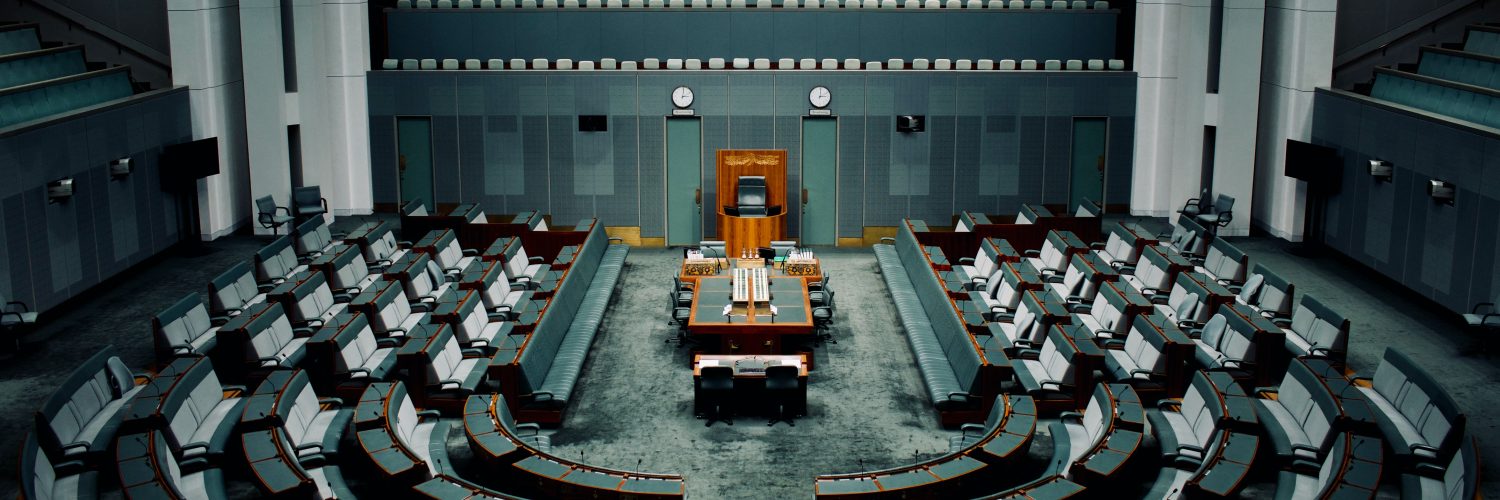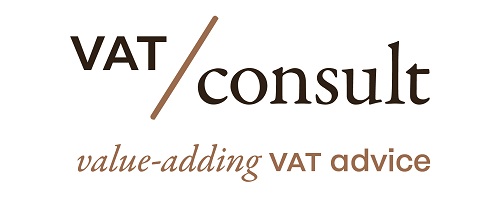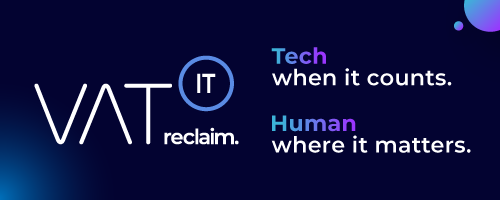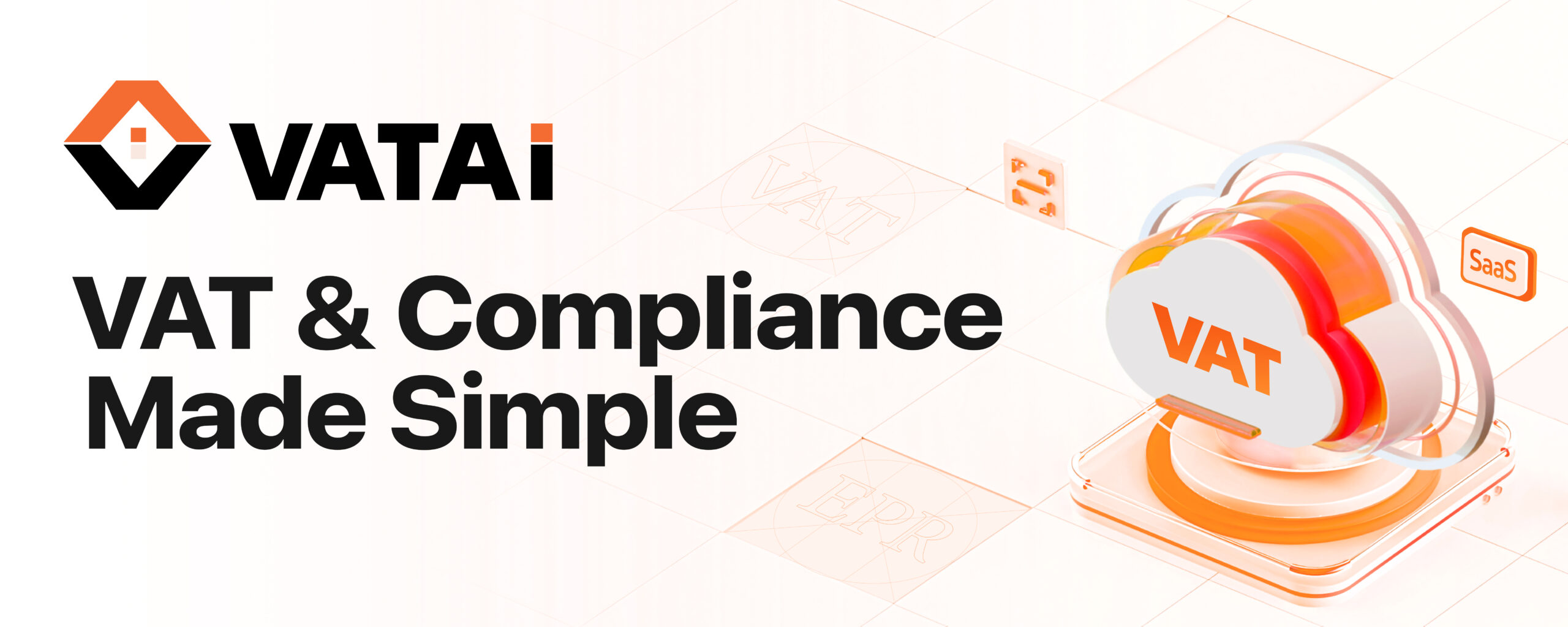On April 18, 2024, the ECJ issued the judgment in the case C-89/23 (Companhia União de Crédito Popular).
Context: Reference for a preliminary ruling – Common system of value added tax (VAT) – Directive 2006/112/EC – Scope of application – Economic activity – Provision of services – Article 135 – Exemptions in favor of other activities – Granting operations of credits – Auction of pledged goods – Single service – Distinct and independent services – Main or accessory nature of a service
Article in the EU VAT Directive
Article 135(1)(b) of the EU VAT Directive 2006/112/EC.
Article 135
1. Member States shall exempt the following transactions:
(b) the granting and the negotiation of credit and the management of credit by the person granting it;
Facts
- The appellant company, Companhia União de Crédito Popular, SARL, (‘CUCP’) is a limited liability company.
- CUCP’s business activity consists essentially in granting loans secured by a pledge (in the present case, gold and silver items, and watches).
- As a consequence of its main activity as a lender, CUCP sells second-hand goods that are sold at auctions which it organises.
- As part of an inspection procedure to which the appellant was subjected, situations were identified that led to VAT and personal income tax adjustments corresponding, in particular, to the financial years 2010 and 2011, and the [internal order] was issued which led to an external inspection procedure relating to the years 2010 and 2011.
- The following is apparent from the tax inspection report:
- Where borrowers do not recover the pledged items or are over three months in arrears in the payment of interest, the items are sold through a sealed competitive bidding procedure.
- In all cases, CUCP submits a purchase offer which, as a general rule, is between 10% and 30% (30% for the years examined) higher than the residual value (residual value = value of the loan less any payment instalments), which has always allowed it to be the successful bidder.
- At that point, CUCP takes possession of the items and, as the owner of the goods, it allocates/sells the inventory in the following four ways:
– items considered to be marketable are sent to a retail outlet (a jeweller’s), belonging to CUCP, to be sold for the successful bid price;
– the items are transferred to the previous owner of the goods ― the borrower ―(the lender refers to this transaction as a ‘transfer’);
– the items remain on deposit (the lender refers to this situation as ‘on hold’) when the previous owner of the goods (the borrower) requests time from the lender to recover those goods;
– actual sale of the inventory, which, as a general rule, is made to a single customer, in the present case NEVOLIN OURIVERSARIA, S.A. (‘Nevolin’). - CUCP only applies VAT to sales of items by its jeweller and to ‘transfer’ transactions, using the special scheme for second-hand goods.
- In order to determine the correct VAT treatment of the sales to Nevolin, the inspection services of the Tax and Customs Administration (‘the TA’) collected information from Nevolin.
- The following facts, inter alia, are apparent from the information provided:
- the goods received by Nevolin from CUCP were subjected to a melting and analysis process by a specialist third party, at the request of Nevolin;
- that service provider invoiced Nevolin for the melting and analysis services from whom it received the corresponding amounts;
- at least from 2008 until June 2012, there were sales of goods/items labelled as ‘gold and silver grain with stones, various proportions and silver castings’ from CUCP to Nevolin;
- those transfers of goods/items, found to be mostly of gold, were reflected in invoices or equivalent documents, and ownership of those goods/items was transferred to Nevolin;
- cash sales documents contain specifications and elements which may preclude proper treatment and classification for VAT purposes.
- In summary: the order to melt the goods comes from Nevolin; Nevolin issues the delivery notes to deliver the goods to supplier ‘A’; after being melted, the gold and the corresponding analysis report are delivered to Nevolin; supplier ‘A’ issues Nevolin with the invoice for the melting and analysis service; Nevolin pays for the service. Since the entire melting, analysis and refining process is carried out on behalf of Nevolin, as the owner of the goods in question, the sales by CUCP to Nevolin for the years 2010 and 2011 refer to transfers of used goods/items, pledged as collateral, which have not been recovered by borrowers or in respect of which the borrowers are over three months in arrears in the payment of interest, and which are subject to the special scheme for taxing the margin (special scheme for taxing second-hand goods).
- The TA, taking the view that the tax had not been paid, carried out additional assessments for the financial years 2010 and 2011 for the amounts of EUR 320 887.78 and EUR 295 837.32, respectively.
Questions
For the purposes of determining whether the 11% commission which the law (Article 25 of Decree-Law No 365/99 of 17 September 1999) allots to the lender for the sale of pledged goods is eligible for the exemption provided for in Article 135(1)(b) of Council Directive 2006/112/EC of 28 November 2006 on the common system of value added tax (corresponding to Article 9(27)(a) of the Código do Imposto sobre o Valor Acrescentado (Value Added Tax Code)), can the sale of the pledged goods (Article 19 et seq. of Decree-Law No 365/99 of 17 September 1999), where the borrower fails to pay in accordance with the legal conditions, be regarded as an ancillary service to the services provided by the lender (activity of lending secured by a pledge)?
AG Opinion
None
Decision (Unofficial translation)
Article 135(1)(b) of Council Directive 2006/112/EC of 28 November 2006 on the common system of value added tax,
must be interpreted in the sense that:
the services relating to the organization of auctions of goods pledged are not of an ancillary nature to the main services relating to the granting of pledged credits, within the meaning of this provision, so that they do not share the tax fate of these main services in terms of value added tax.
Summary
Source
Similar ECJ cases
Reference to the case in the other EU MS
Newsletters
Join the Linkedin Group on ECJ VAT Cases, click HERE
For an overview of ECJ cases per article of the EU VAT Directive, click HERE















